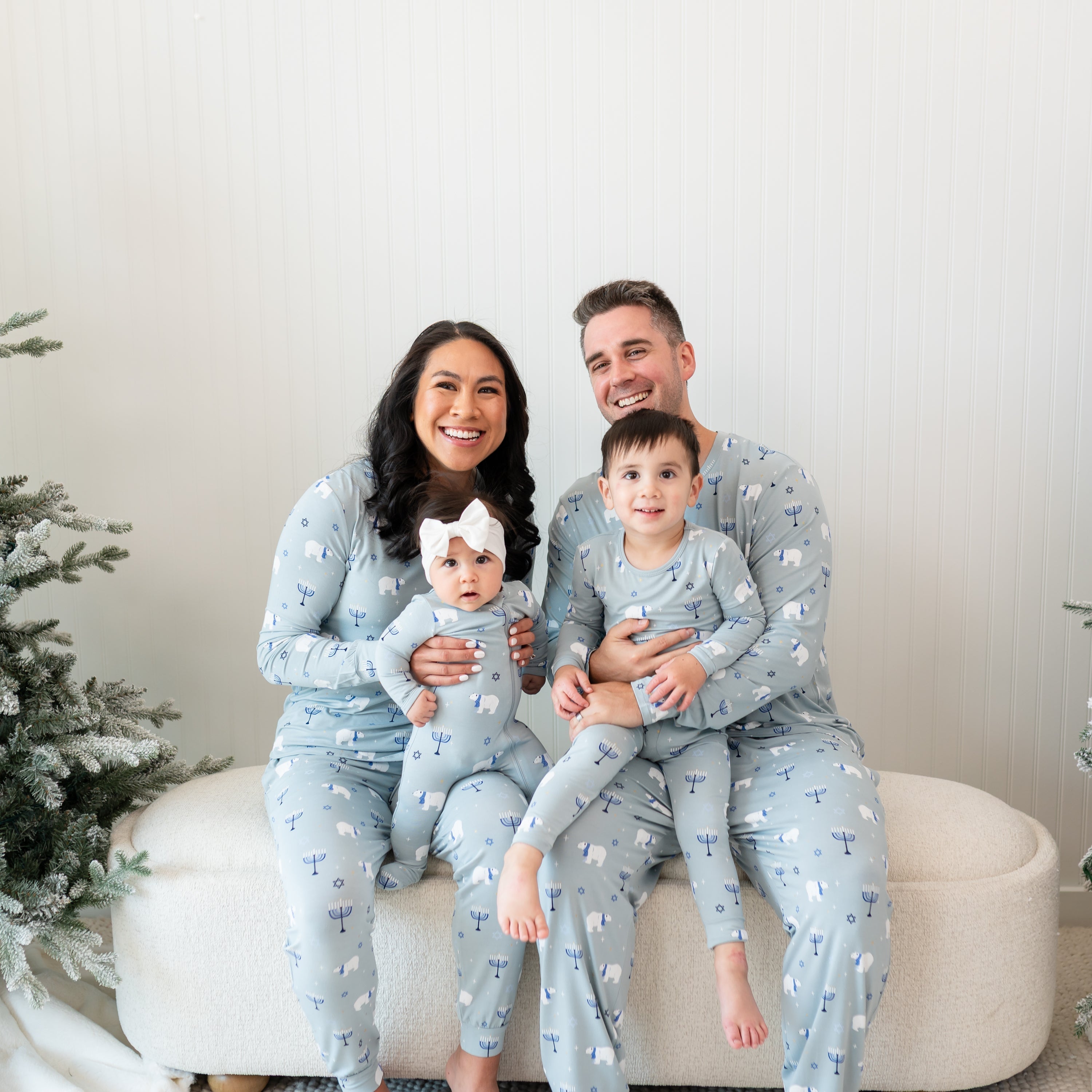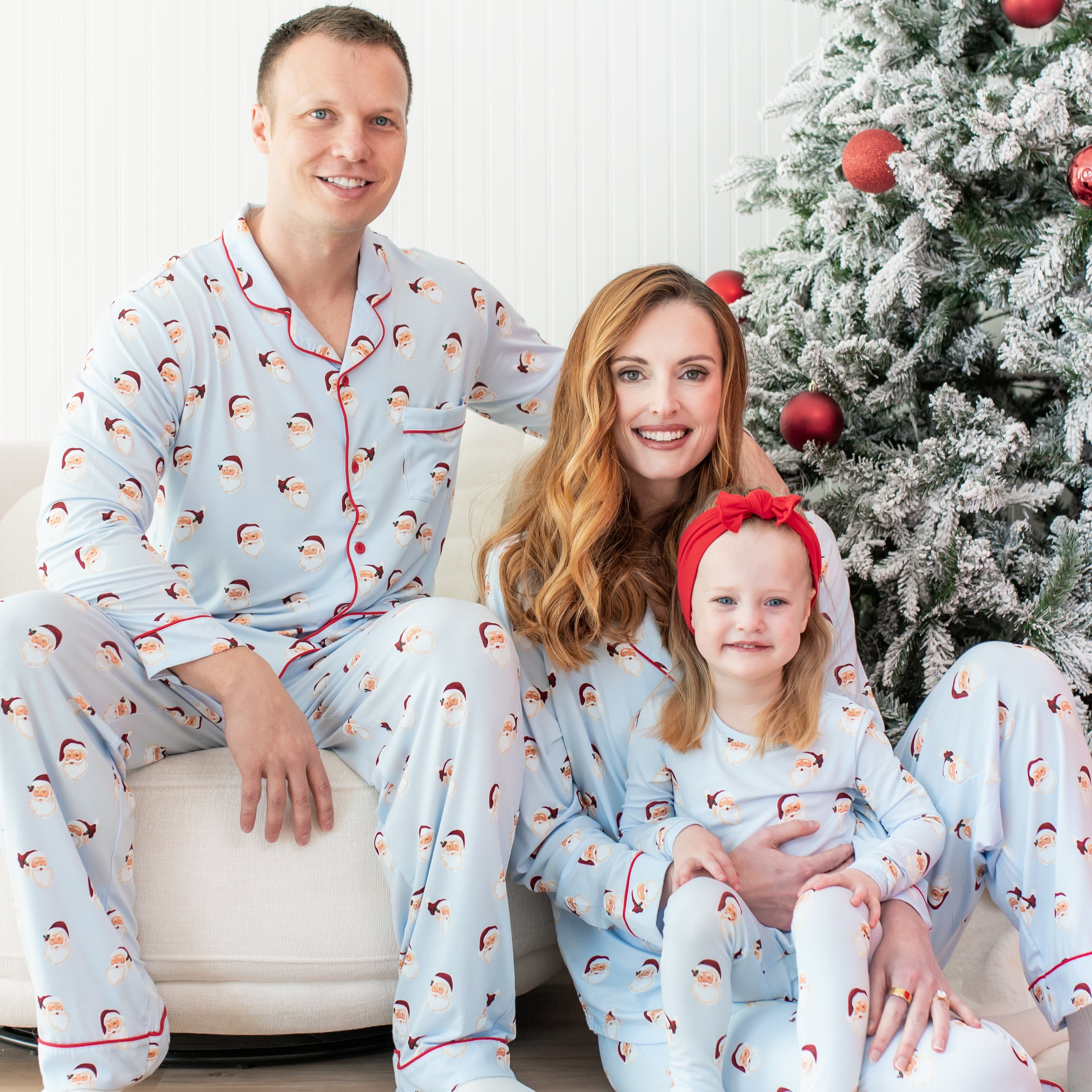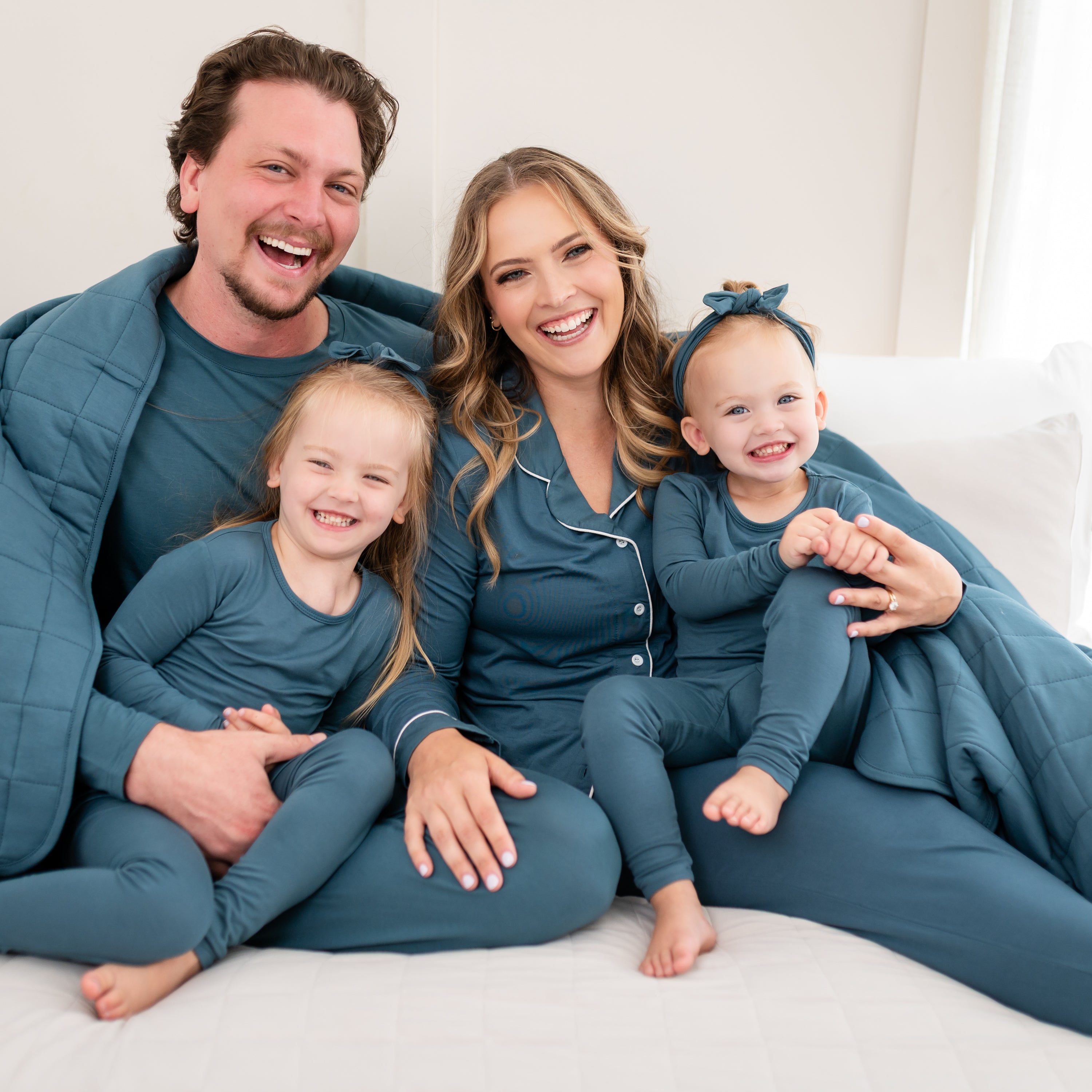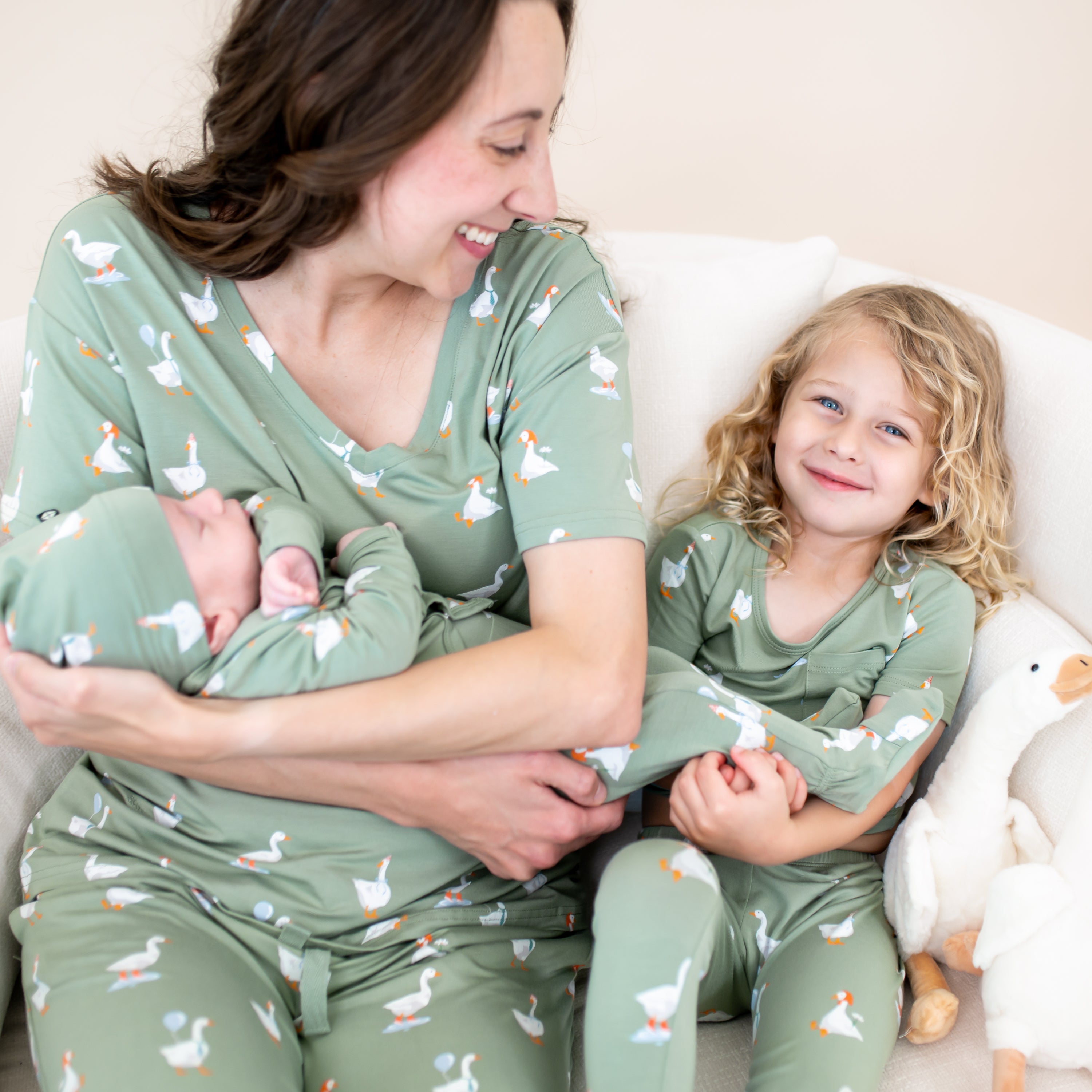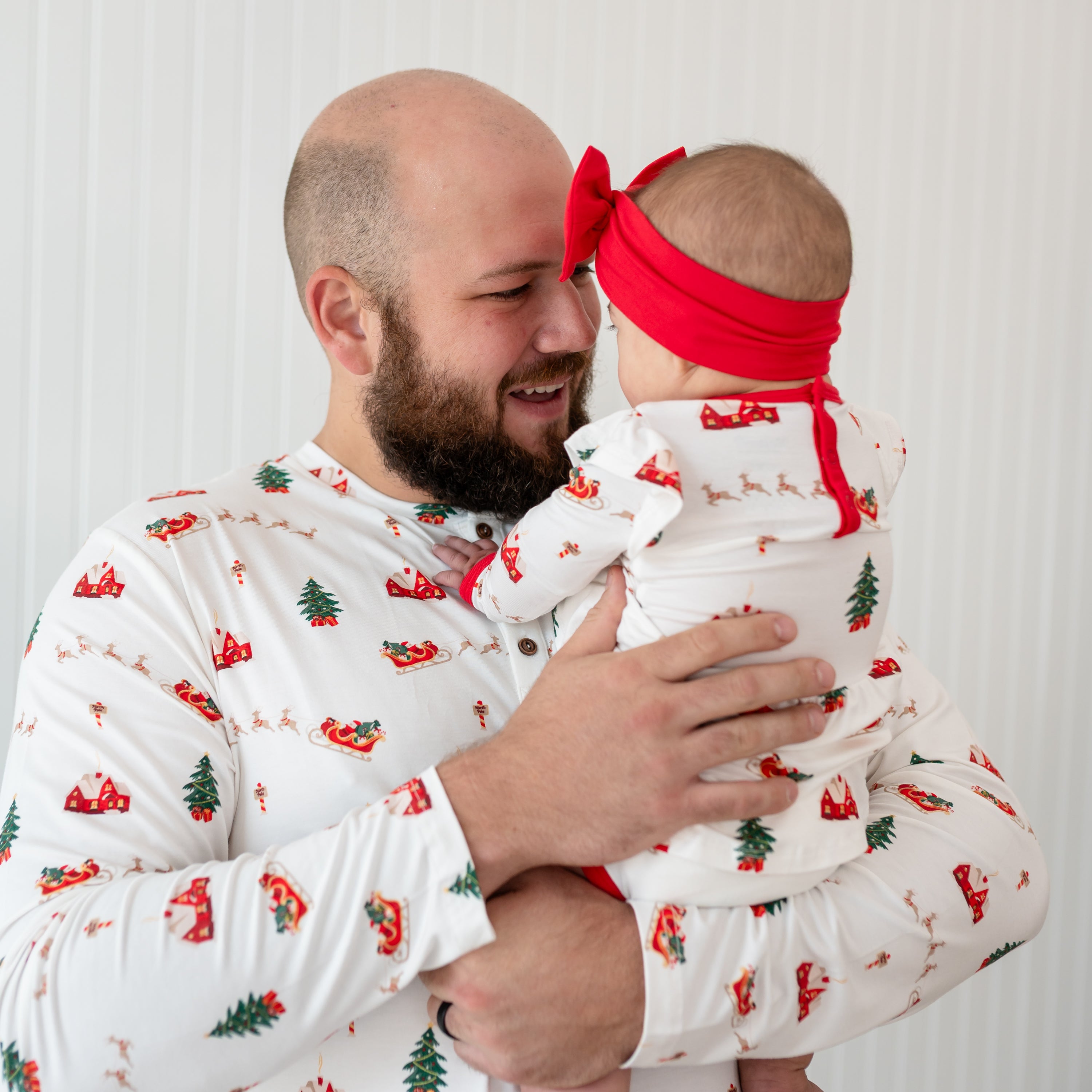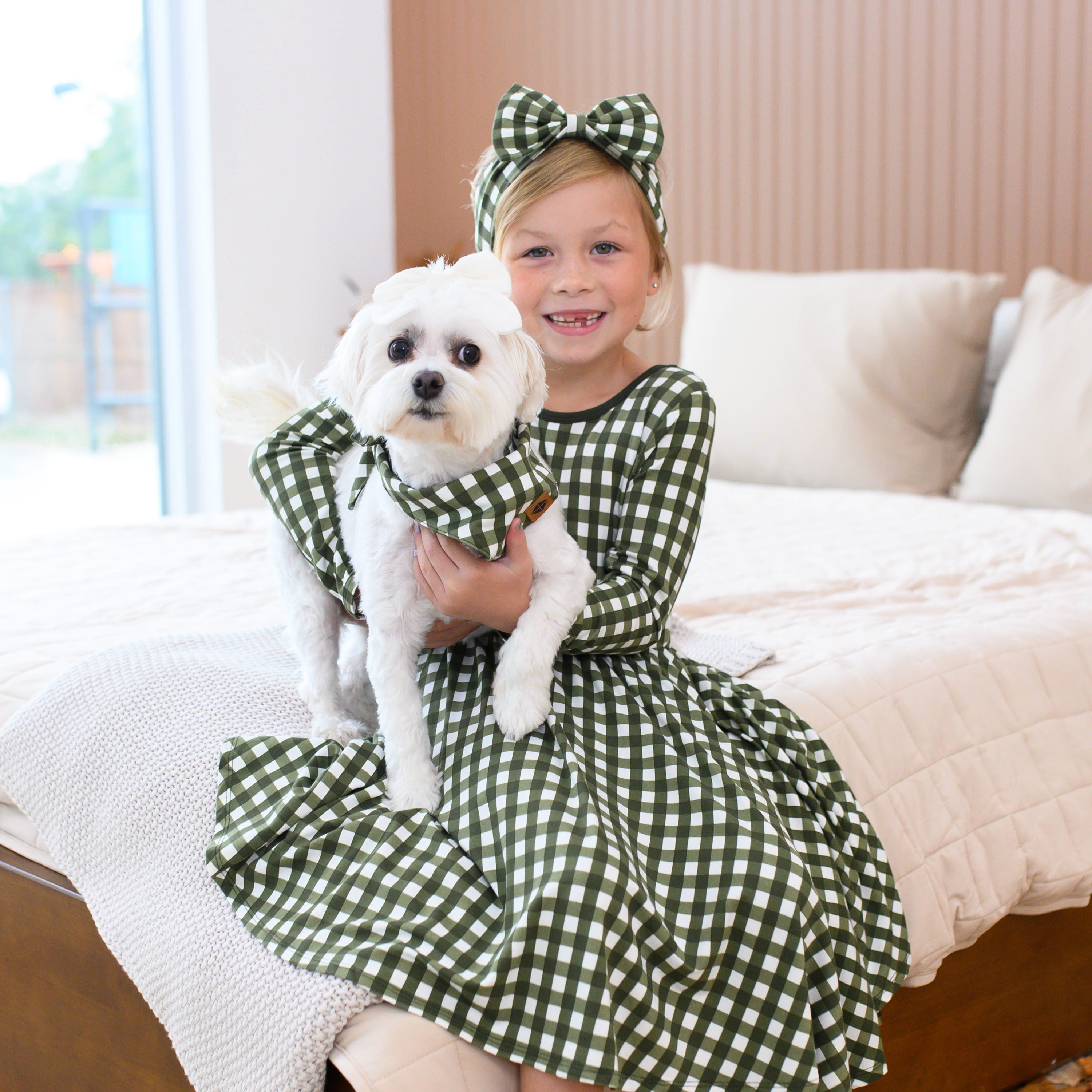Blog
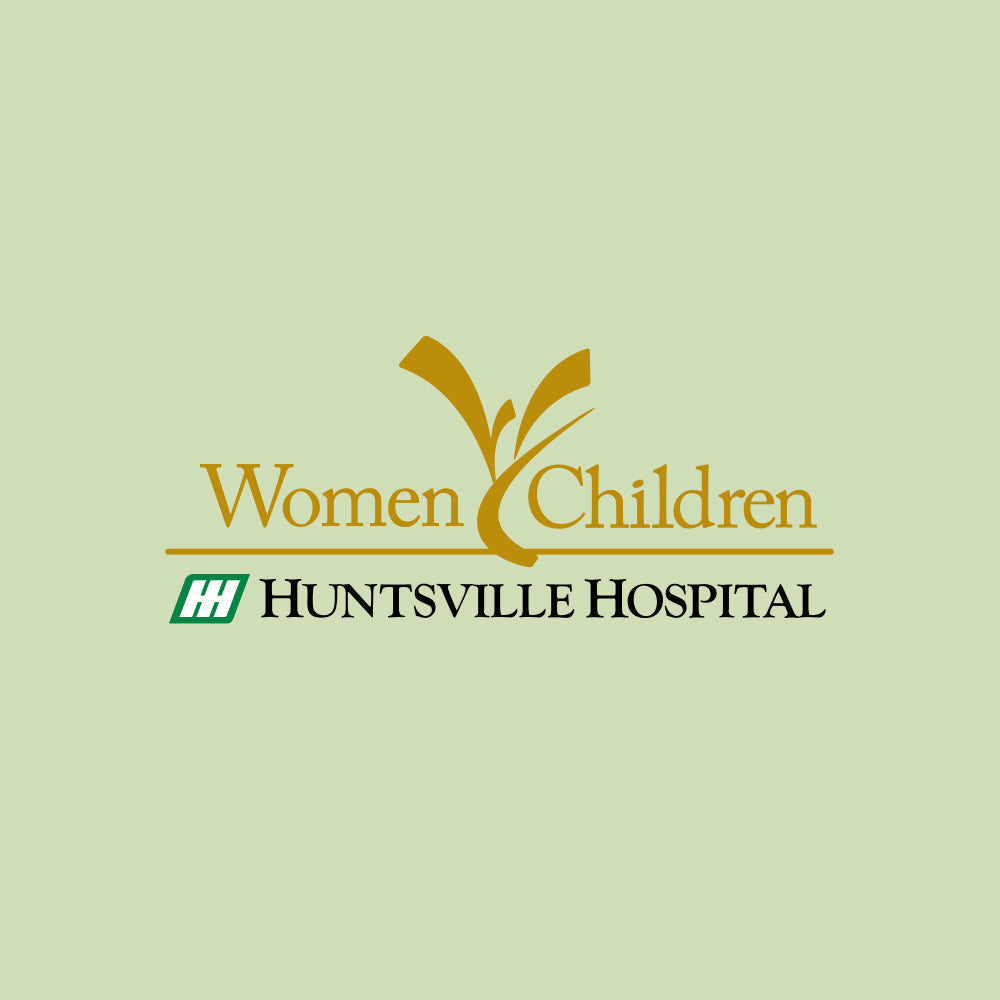
Our December 2025 NICU: Huntsville Hospital for Women & Children
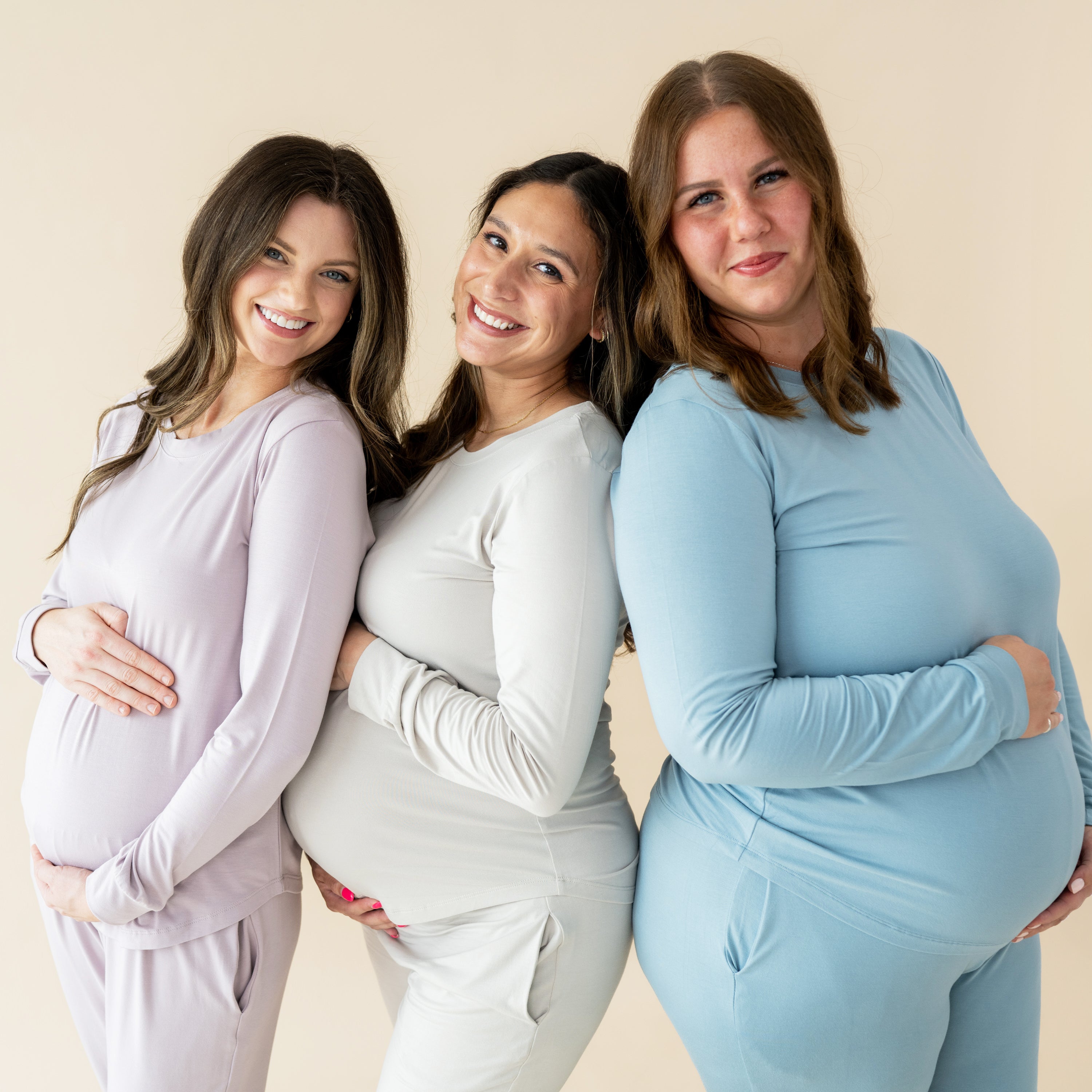
Stylish Maternity Wear for Every Stage of Pregnancy
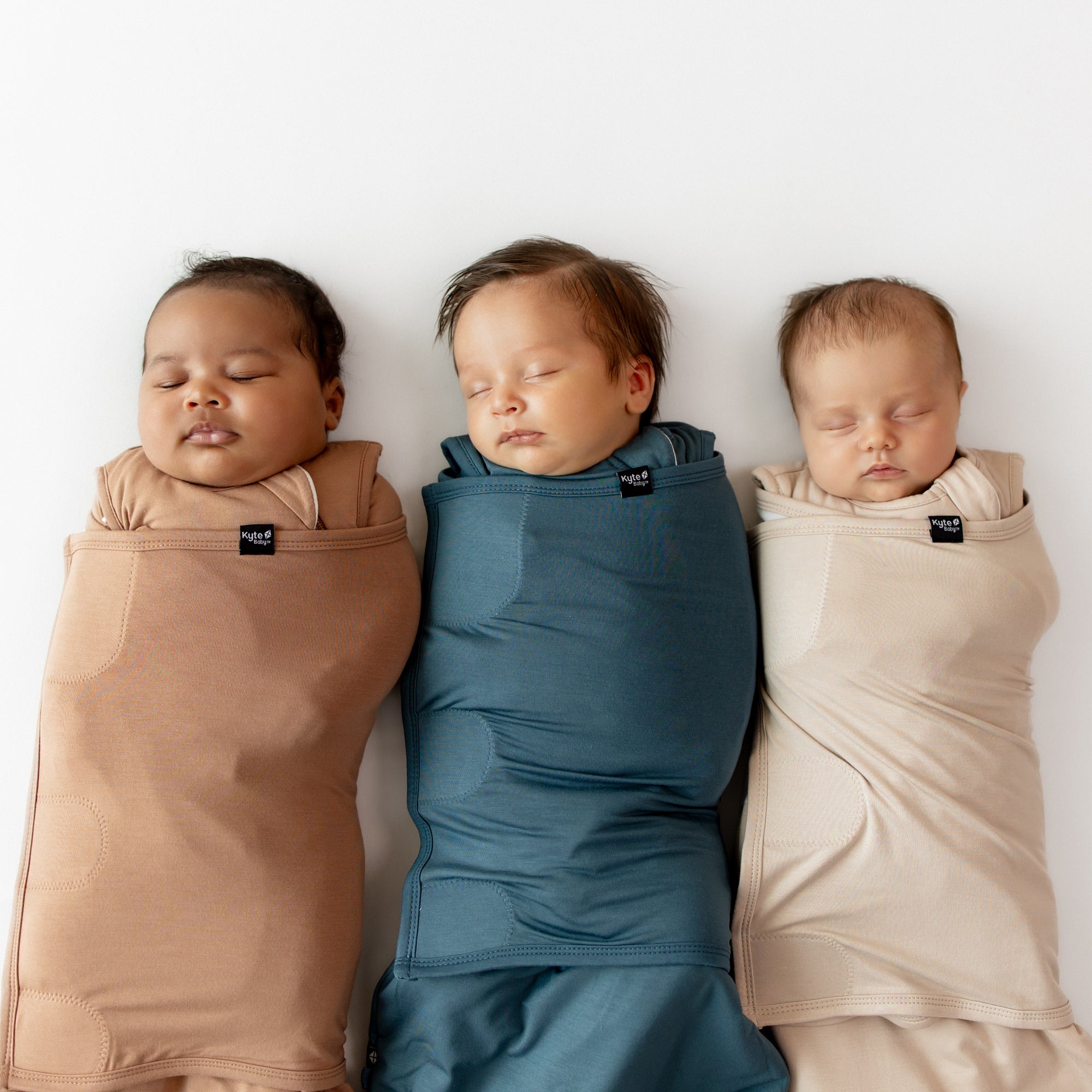
Why Parents Are Falling in Love with Bamboo Baby Clothing
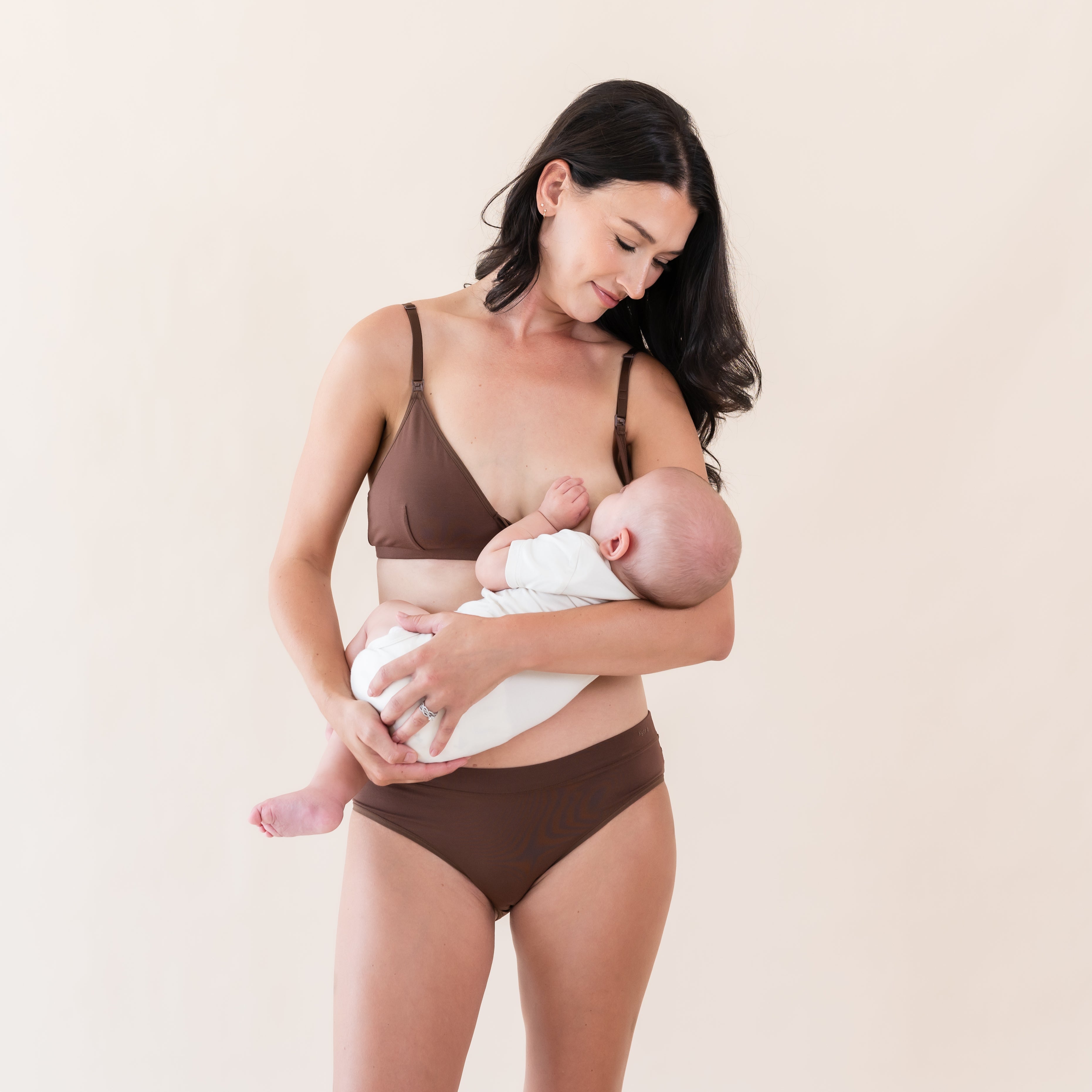
Finding the Perfect Nursing Bra for Comfort and Confidence in Your Breastfeeding Era
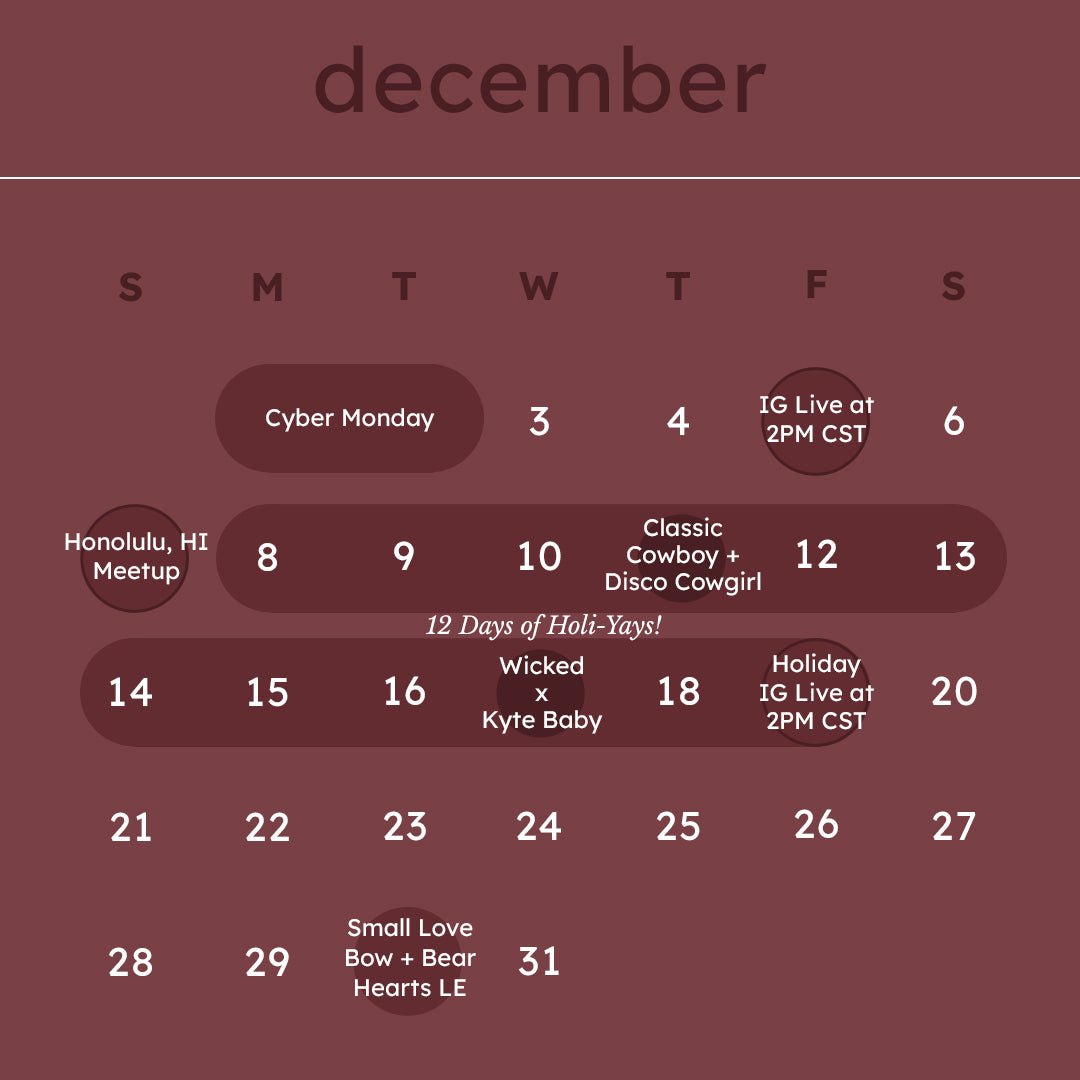
December 2025 Launch Calendar Overview

Our November 2025 Charity: AnnLee's Violet Light Project
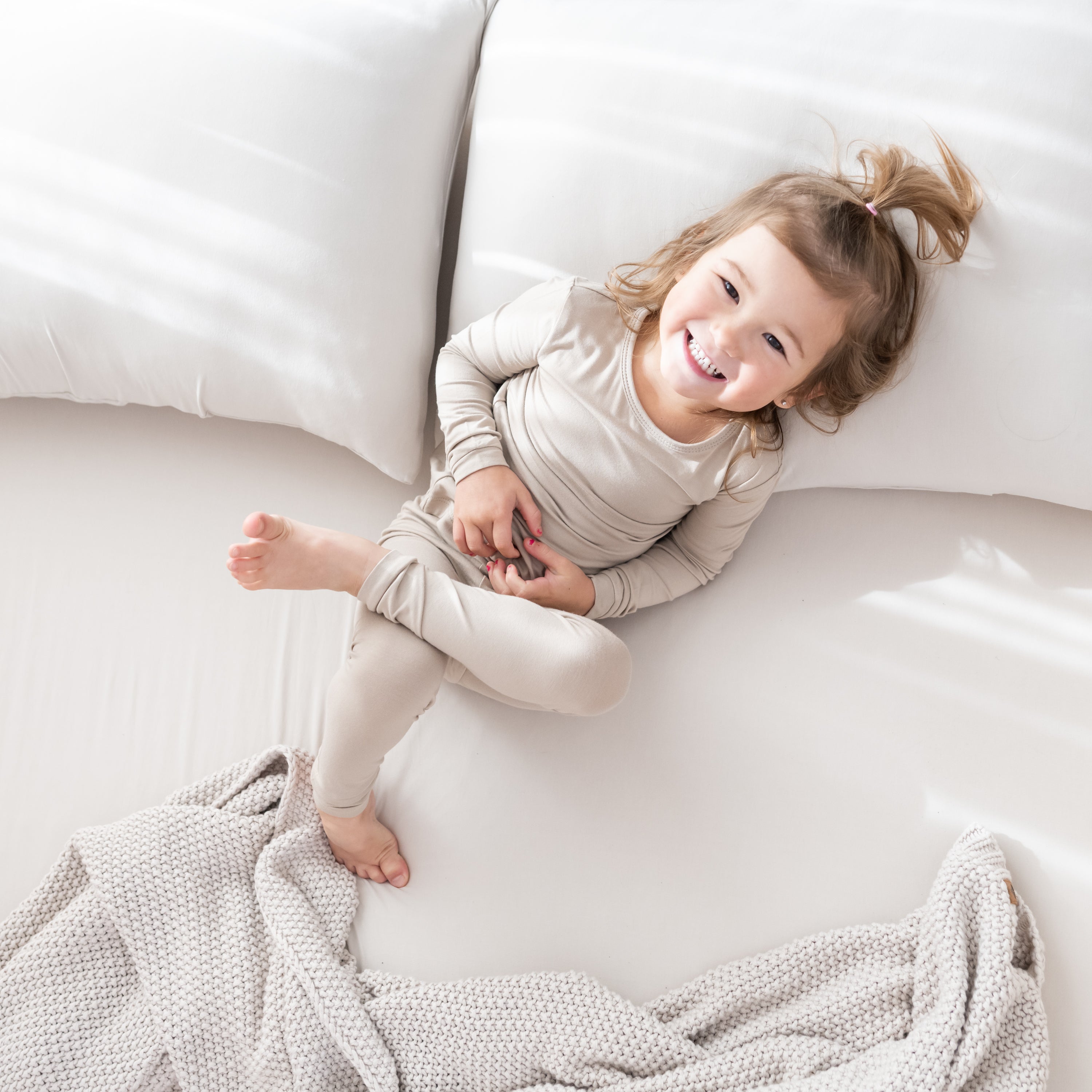
Bamboo Sheets for All Ages and Stages

Infant Sleep Guide: Tips for Safe Sleep, Swaddling, and Bedtime Routines
